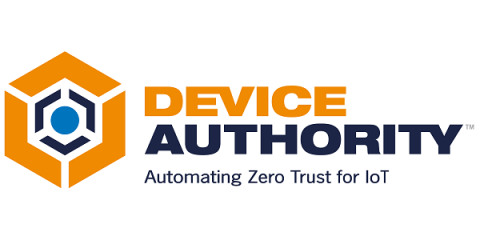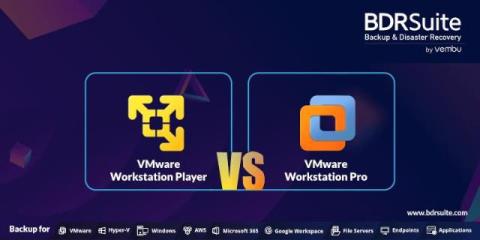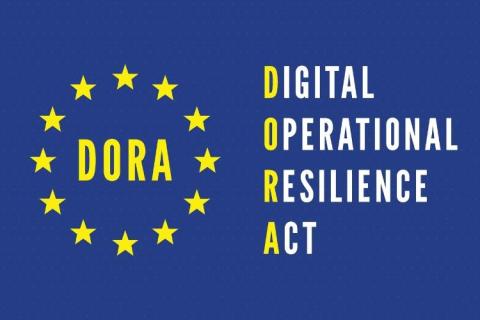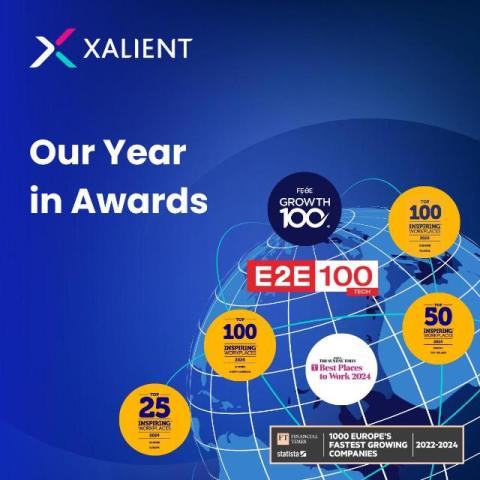Navigating HIPAA Compliance When Using Tracking Technologies on Websites
Websites have become indispensable tools for healthcare organizations to connect with patients, streamline operations, and enhance service delivery. Modern websites are composed of components that “build” unique user experiences in real time.However, the use of tracking technologies on these websites presents unique challenges in complying with the Health Insurance Portability and Accountability Act of 1996 (HIPAA).










